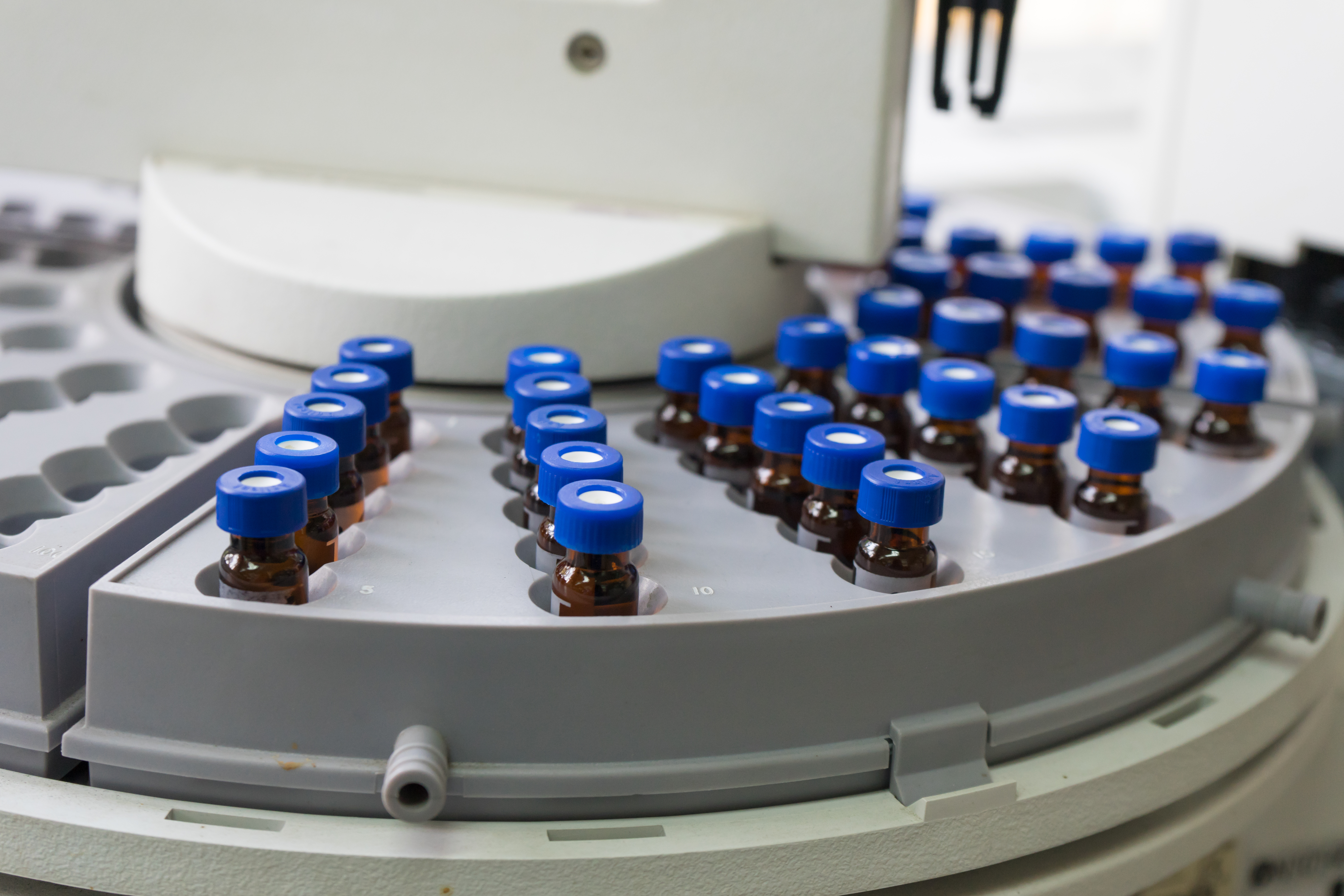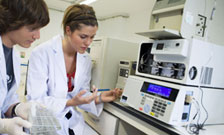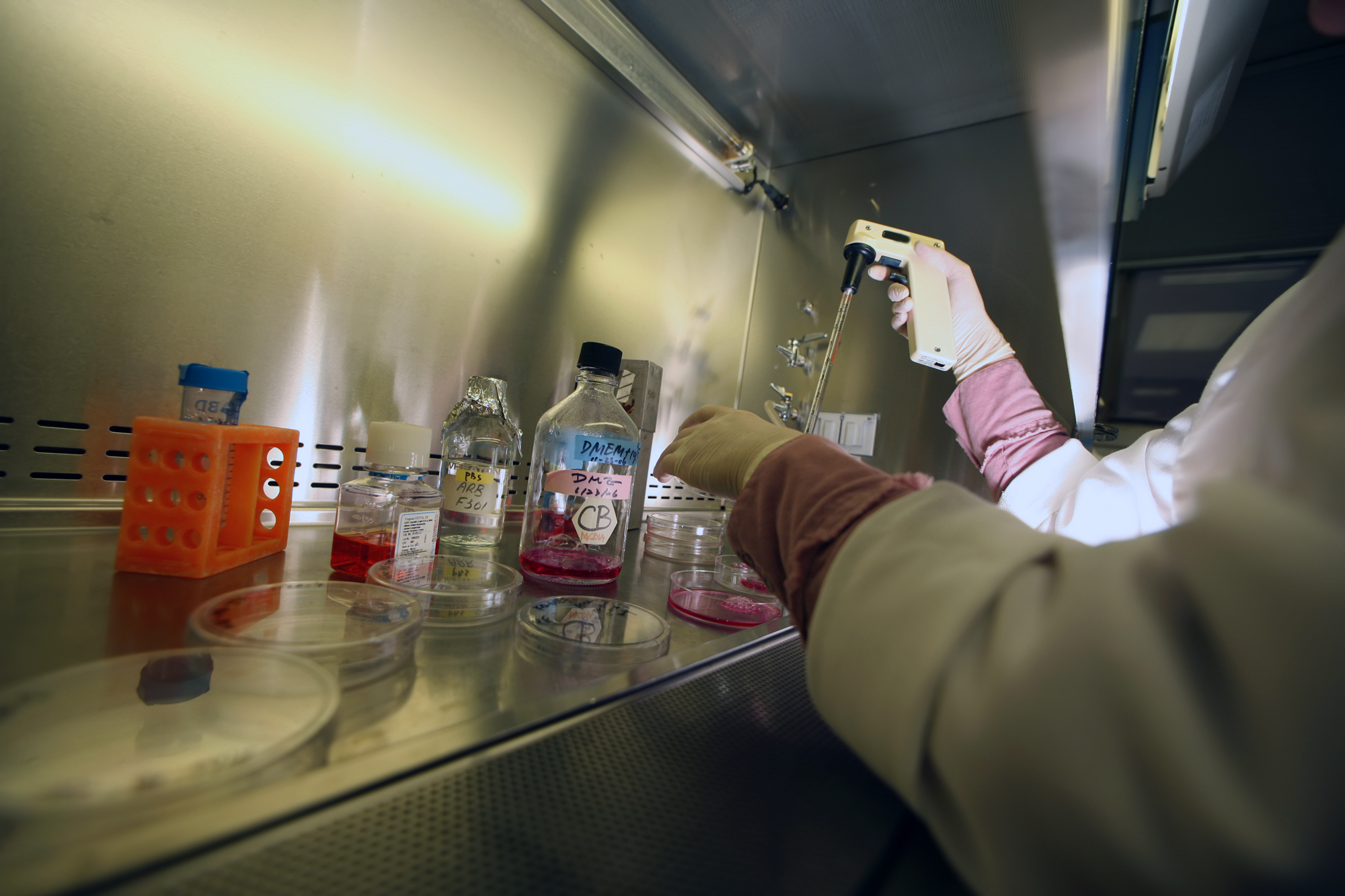September 14, 2018 -- We’ve already discussed how scientists use high-performance liquid chromatography (HPLC), and why it’s important during the process of making discoveries. Suppliers also have a significant role in this process, since they provide scientists with the tools they need. At The Science Advisory Board, our intention is to inform people about technologies like HPLC, including associated instruments, consumables, and services. Let’s take a quick look at a few of the techniques that are of notable interest to various scientific fields.

Ultra-High-Performance Liquid Chromatography (UHPLC) is a sample preparation technique that utilizes smaller particle sizes, which leads to much higher resolution and increased sensitivity. Additionally, the time it takes to analyze sample solutions is drastically reduced. Smaller particle sizes lead to increased backpressure, but this is counteracted by pumping the mobile phase at higher pressures or lowering the temperature of the liquid phase. Most UHPLC systems can withstand up to 1,300 bar of pressure.

Micro/capillary/nano-liquid chromatography systems are often used for biomolecular analysis. These instruments are differentiated by their column internal diameter and flow rate. For example, nano-liquid chromatography typically involves a column with an internal diameter of 10-100 mm and utilizes flow rates of 10-1000 nl/min. Often described as miniaturized HPLC, these systems have lower flow rates to maximize analytical sensitivity. Metabolomics and proteomics are major areas of study where these instruments are commonly used.
Size Exclusion Chromatography (SEC)
is a technique used to separate sample components based on differences in size, so it is best suited for the separation of oligomeric and polymeric samples. The column of SEC instruments is slightly different from other chromatography systems because it contains porous compounds, such as a cross-linked gel. As the sample flows through the column, smaller molecules become trapped in the column, while larger molecules flow through the column unimpeded. A detector quantifies the weight and concentration of these molecules.Amino Acid Analyzers (AAA), as the name implies, are designed to separate and analyze amino acids. Prior to chromatography, hydrolysis is typically used to break the peptide bonds between adjacent amino acids. All amino acids have the same general structure: an amino group, a center carbon with an attached side chain, and a carboxylic acid group. The side chain and its specific chemical structure gives amino acids different properties in different biological environments. AAA attempts to make use of these differences by employing columns with different polarity, hydrophobicity, or charge.
Preparative High-Performance Liquid Chromatography (prep HPLC) systems are mainly used to isolate components of a sample instead of providing measurements. Generally, this equipment operates at higher flow rates, uses large columns, and employs larger particle sizes. Although its fairly expensive, prep HPLC is very useful because of its specificity and usability. Some of its key applications include the isolation of biologics and pharmaceutical compounds.
Super Critical Fluid Chromatography (SFC) is a distinct technique because the mobile phase is neither liquid nor gas. Supercritical fluids have been compressed and heated past its critical point, so it displays the low viscosity of gas and the high density of the liquid. The high density of supercritical fluids maximizes solvation strength. Extremely similar molecules, like enantiomers or chiral compounds, are more easily separated using supercritical fluids. The low viscosity of supercritical fluids provides high diffusivity rates and allows the use of longer columns. Additionally, the mobile phase can be recycled, which increases efficiency and reduces costs. Carbon dioxide is most commonly used as the solvent because of its low critical temperature and compatibility with mass spectrometry.

Chromatography instruments collect much data quantifying various sample components. In order to correctly process, filter, and store this data many scientists use chromatography data systems (CDS). These software programs enable users to control multiple instruments simultaneously and allows multiple users to access data in a secure network. Currently, workstation and client/server CDS programs are the most common types. The latter offers multi-user capability and often maintains a dedicated server networked to several PCs at once.

By analyzing the current status of chromatography technology, we hope to provide information for researchers to stay up-to-date on the latest products available. Through our reporting, scientists can equip themselves with the necessary knowledge to excel in the chromatography sphere.
Do you use chromatography or any of the above-mentioned techniques in your daily work? Tell us more in our Forums section.
Copyright © 2018 scienceboard.net






